How to Grow Poppies from Seed (+ how to save seeds!)
Poppies are easy to grow – these delicate looking plants are much hardier than they seem, taking on cold weather, poor soil, and scarce watering without so much as a blink!
Aside from being beautiful and hardy, poppies are also beloved by the bees. Big, open-petaled poppies especially! And as a bonus? Poppies are one of the easiest flowers to save the seeds from.

Please note that this guide is not about perennial poppies (Papaver rupifragum) or California poppies (Eschscholzia californica) – the instructions here apply to Papaver rhoeas, Papaver somniferum, and Papaver laciniatum.

When to Plant
Poppy seeds are planted in early spring, as soon as the ground can be worked- usually about a month before your estimated final frost date, or planted in the fall after several hard frosts have passed.
This is because they germinate best in cool weather and soil- so much that overwintered poppy seeds, resting in the soil, can sometimes spring forth from the ground with even more vigor than ones you just sowed!
As they are cold-hardy, and can take a few frosts, you don’t actually have to worry about having planted your poppy seeds too early – plant them before the time of season where they can sprout, and they’ll just chill in the soil for a while until the time’s just right.
However, do try to avoid planting them too late – we’ve found that poppy seeds sometimes simply refuse to germinate if they don’t get enough cold days. This flower is one best planted sooner rather than later!

What do poppies need to grow?
Sunlight
Poppies show off their best blooms when planted in full sun- this means 6+ hours of direct sunlight a day.
Soil
Just about any soil will most likely be fine to poppy seeds upon, as long as it drains well (this means it isn’t a soggy swamp all the time). While many guides recommend moderately rich and loose soil, we’ve scattered poppy seeds on roughed-up clay soil more than once and had lovely results.
Water
Watering must be done with care when the seeds and sprouts are small- a mister attachment at the end of a garden hose is ideal- and with frequency until the seedlings have germinated. Overwintered seeds often handle themselves just fine with rainwater, but it doesn’t hurt to offer an extra shower or two if you’re worried.
Once they are established, you will likely not have to water them at all, unless you are experiencing a period of extreme drought. Poppies don’t mind dry soil, once they’re no longer fragile little seedlings!
Fertilizer
It’s very unlikely that you will need to fertilize your poppy plants. We’ve had great results planting in our naturally red clay garden soil without any added fertilizers.
Poppies, like other plants that can self-sow themselves year after year, really don’t need to be coddled. They’re very hardy plants!

Sowing
To sow poppy seeds, simply scatter them across a patch of raked soil. You may wish to mix your seeds with sand- this is a common trick to use with very fine, tiny seeds, as it helps space the seeds out further from each other, and the color of the sand against the soil assists the gardener in seeing where seeds have already been sown.
Tamping
Tamping in the seeds with your fingers or carefully walking across them can help tamp down the seeds to get better contact with the soil. However, it is vital not to cover the seeds- they are light-dependent germinators, so seeds that get too covered won’t germinate!
Soak the soil
Follow sowing and (optional) tamping with watering the seeds well- but carefully! Strong blasts of water can push around the seeds and wash them away, sometimes displacing soil enough to cover them. We don’t want that! Just gently mist them until the soil and seeds are well-soaked.
You will want to water the seeds daily until germination so they don’t dry out. Some climates may be able to get away with every other day.
The seeds should germinate in 2-3 weeks after sowing. Some varieties may take less or more time to sprout.
Care after sprouting
Water the seedlings regularly. Every day is no longer needed, unless your climate is a very dry one. As they get bigger, decrease the watering frequency. Eventually, you’ll likely find you don’t need to water them at all! This can come sooner than you think- the seedlings really are hardy little things, once they get themselves rooted.
The hairy green leaves will form into a rosette-shape first, and this can be mistaken for weeds if you’re not familiar with poppy plants. Do keep the patch weeded, but be careful not to yank your poppies!
Blooming can be expected about 2-3 months after sowing.

Care after bloom
Your poppies will bloom without the need of any fertilizers. From our experiences, poppies thrive on neglect!
As they are blooming, however, it is a good idea to occasionally snap off the heads of spent poppy blooms. Every poppy flower is a short-lived beauty- individual blooms don’t usually last more than 1-2 days, though some may survive 3.
The spent flowers, after dropping their petals, will leave a green seedpod behind. You can leave this to mature (it will turn brown and dry after some time) if you want to collect the seeds for next year, or let the poppies reseed themselves- which they happily will!
Or you can try to extend your poppy’s bloom season by removing these seed pods. Nothing can extend the lifespan of a poppy plant forever- such is the life of an annual plant- but you can sometimes squeeze out another few weeks of life and a flush or two of extra blooms through the simple magic of deadheading.

How to save the seeds
If you decide you want to save your seeds for next year, poppies make everything easy for you!
All you have to do is leave that seed-pod on the plant until it’s dried and brown. If you shake the pod, you should hear the seeds within rattling softly around. This applies most strongly to the large-podded poppy varieties: poppies that produce smaller pods may not make audible sound. In the case of those small-pod poppies, just wait until the pods dry, and then harvest.
At this point, snap or snip it off the plant- which, itself, at this point, is likely also dried and brown. Some poppy seed pods have little holes at the top where seeds can escape, so be careful not to turn the seed pod upside-down!
The dry pods can be stored, whole, in brown paper bags until you’re ready to harvest the seeds. Keep the bag and pods away from direct sunlight and any environments that tend towards hot or humid. A place that’s cool, dry, and dark is the ideal place to store your seeds.
Harvesting the seeds from the pods is simple as can be: all you have to do is break open the seed pod, and there you go- out will spill next year’s seeds!

Do be aware that unless you are growing just one kind of poppy, and there are no other poppies growing nearby, and unless you’re growing a heirloom or open-pollinated poppy, then your saved poppies may not grow true from seed. Cross-pollination is possible, though some poppies are self-pollinating. Hybrid poppies don’t grow true to seed, as that is simply the nature of hybrids.
This isn’t a bad thing at all, however- it just means that you might end up with some delightful surprises in your poppy patch, next year!

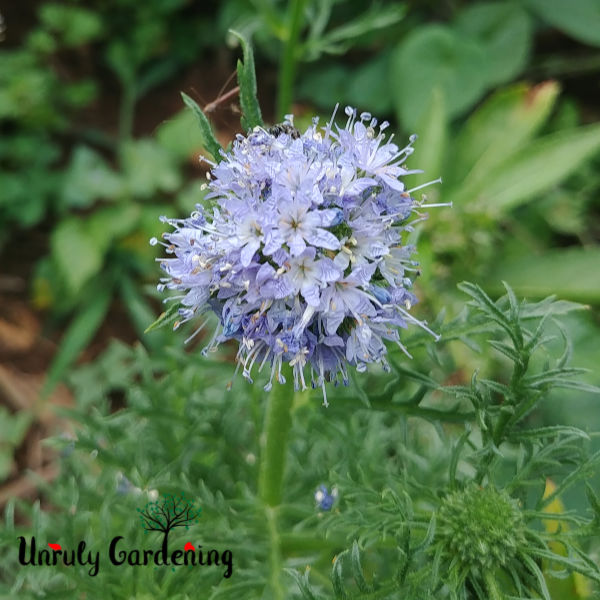
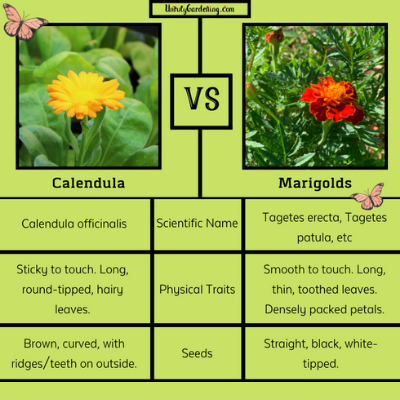
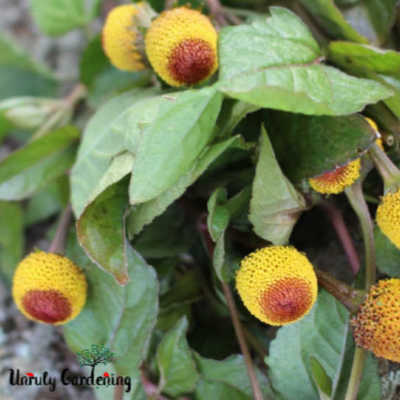
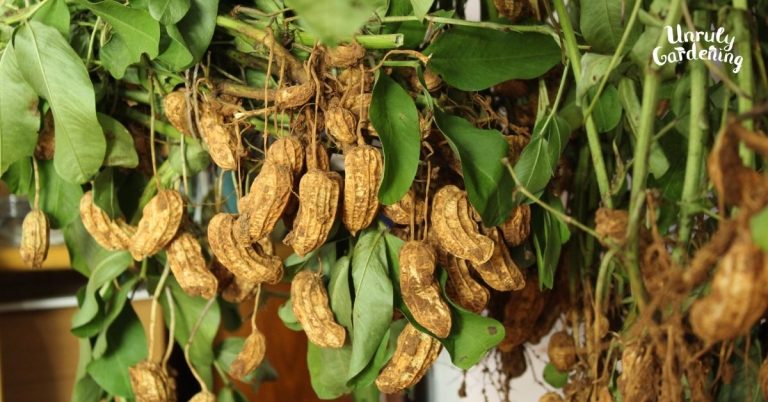
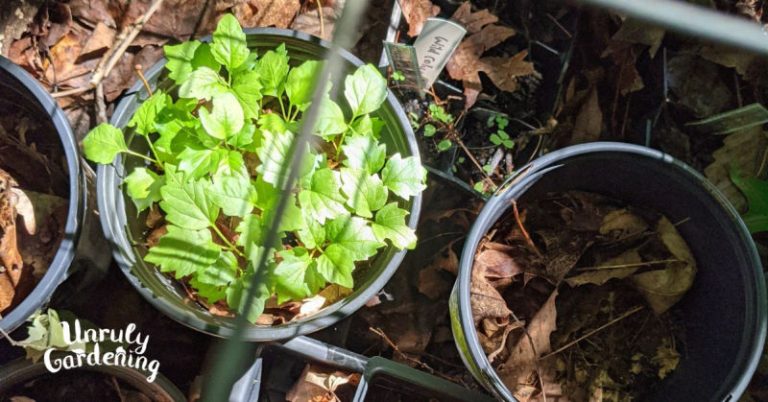
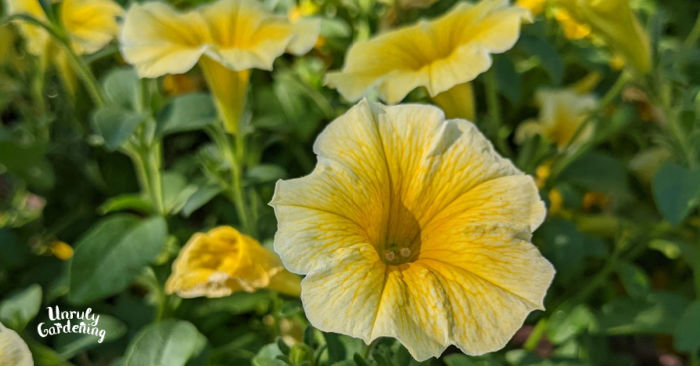
I bought seeds that are supposed to be blue poppies. They too forever to arrive . Turns out they came from China. They don’t look at all like poppy seeds I have had previously! I guess I’ll Dow and see what happens. Any advice?
Hi Martha! I would be a little suspicious of those seeds. Instead of starting them outside, you could try planting a few in a pot indoors.
When the plants develop true leaves, then you’ll be able to tell better what kind of plant you have.
Sometimes invasive plant seeds are sold online, so this way you make sure that you’re not planting something unwanted that might take over your gardens.
Keep us posted! 🙂
Good idea- will do. Shouldn’t a poppy seed be a tiny round pellet? These look more like a marigold.
Hi Martha! Yes, they should be rounded, not like a marigold seed.
It will be very interesting to see what type of plant they turn out to be! Keep us updated! 🙂
I have some new poppy seeds today in London. When should I plant them?
Hi Maria, How wonderful to have new poppy seeds!
I’m not 100% certain about growing conditions in London, compared to where we live, but in general, we wait to plant the seeds so that they can have a nice cold period, ideally in autumn.
Happy growing! 🙂